Of some places we have an idea that comes from the films we have seen, and even more from the series. Definitely of the United States, perhaps because the film production all comes from there. So in our imagination the police wear the uniforms from Police Academy, the rampant lawyers the suits from Suits, the women, the shoes from Sex and the City. And unintentionally we have convinced ourselves that America (which here is not the geographical continent, but the one generated by the weight of communication reaching us, where the United States occupies most of the land) looks just like that. Exceptions are only fans of Breaking Bad, who at least have an educated look at that quasi-documentary realism, or those of The Sopranos, who know at least one rawer facet of suburban New Jersey. But it is precisely these series that have built our layered imagery, just as Friends for the New York of youth, Mad Men for the America of the 1960s. A mosaic of visions that ultimately composes a coherent but partial picture.
Recently, we have been increasingly joined by the images that come to us from current events, those of prisons, of the struggles of minorities, of brutal interventions by the armed forces, those that arrive on our screens with the veline (which, for non-journalists, are brief agency dispatches). It is a reality so stark and absurd that, that yes, we wish it were just a movie. And so out of an instinct for protection even those images are classified by our memory as constructed in a studio. But what about middle America? The housewife in Pahokee, Florida or the bartender in Swainsboro, Georgia-who are they?
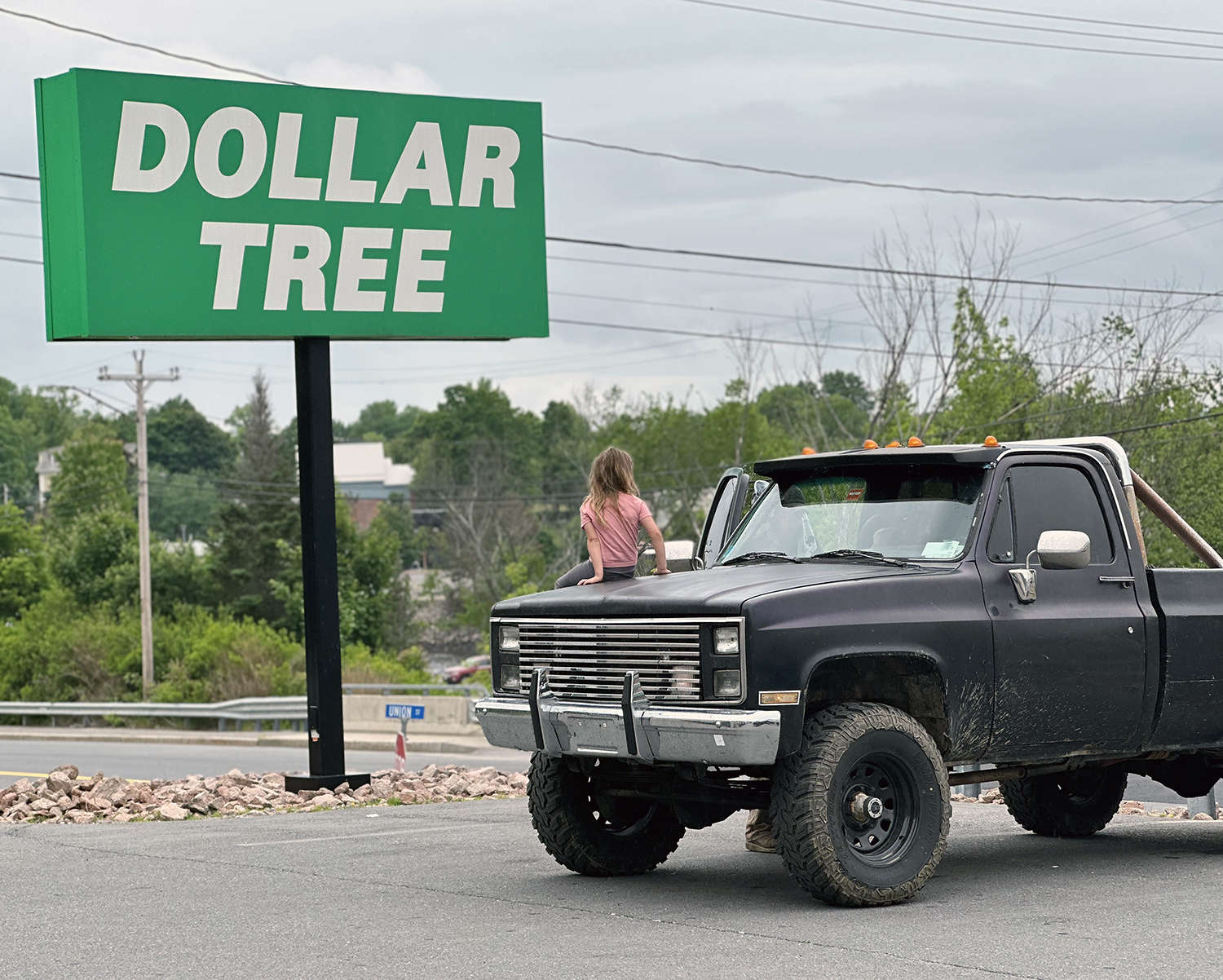
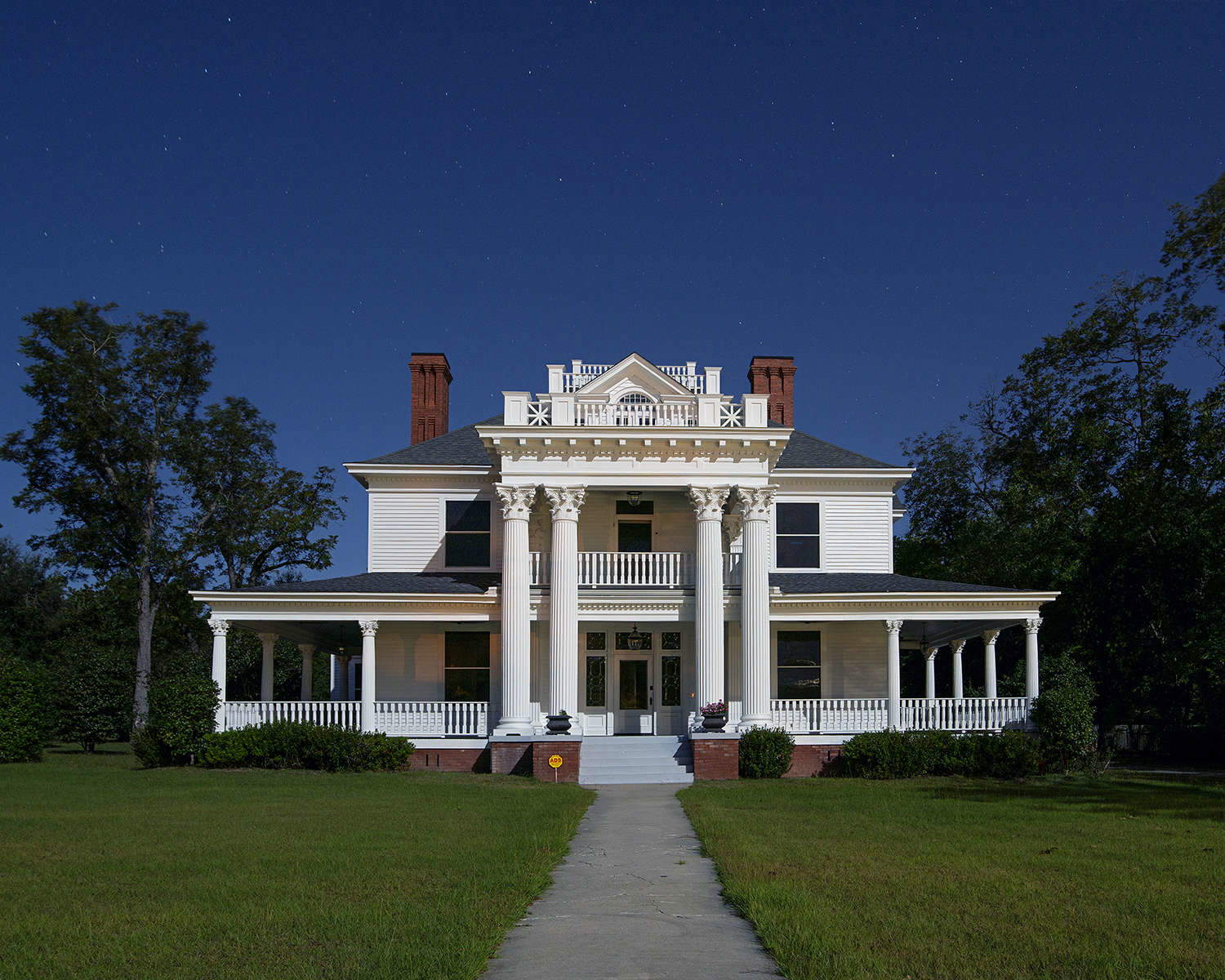
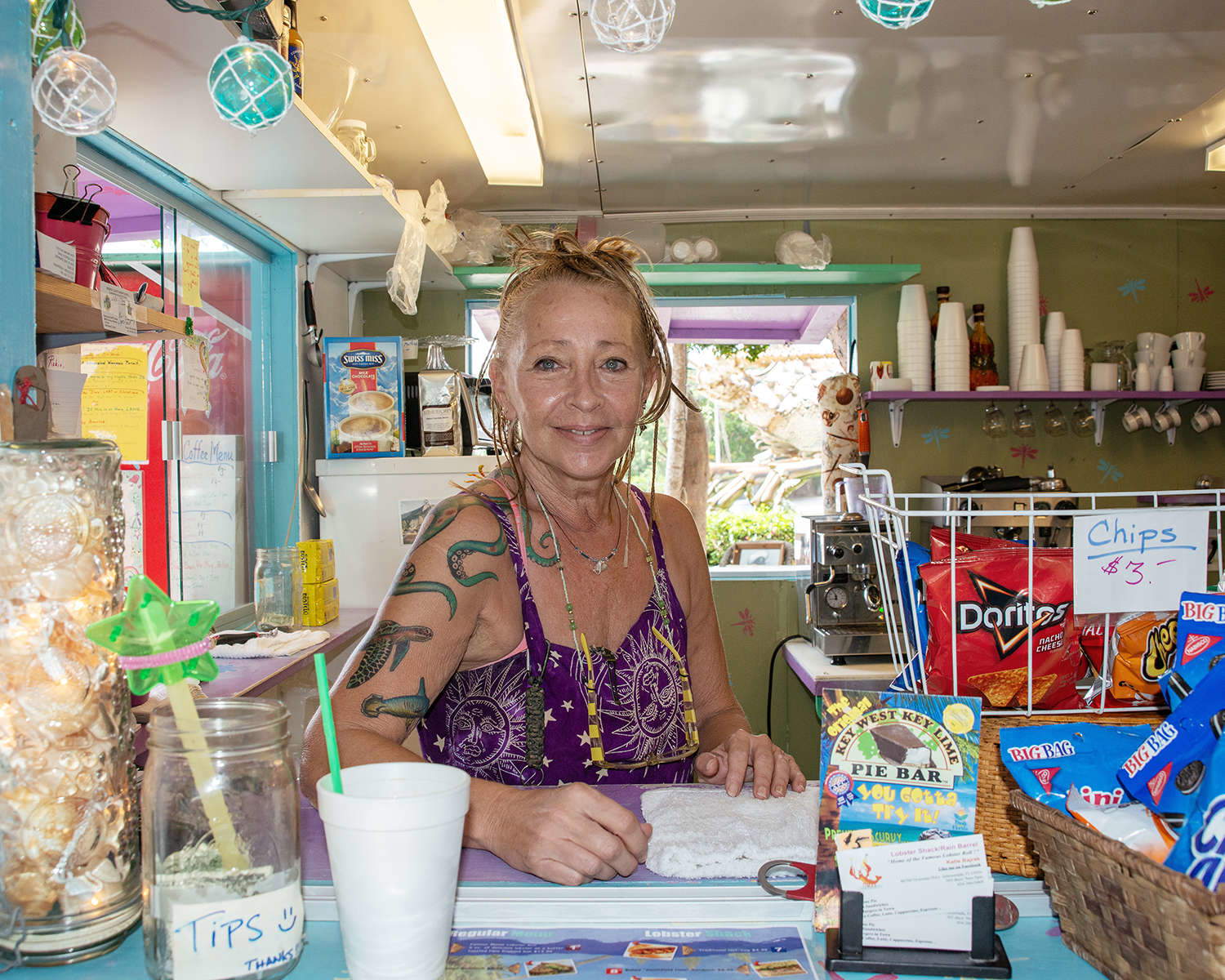
This is not just an anthropological curiosity. It is a large percentage of the citizens of the United States, say 70 percent (I will not bore you with the details of how I arrived at this figure); of these, 65 percent voted in the last presidential election. In short, even with a rough estimate, they are the ones who elect the most influential president in the Western world; so I wonder what faces they have, how they live, what they think.
When do I start talking about photography, you will say? I am already talking about it: everything I wrote was a single stream of consciousness on a warm mid-July afternoon in front of a single photo. When they say art makes you think, eh? It can only be the effect of Les Rencontres de la Photographie, the world’s largest photography event, which has monopolized the summer of the small town of Arles in the French Camargue since the 1970s. The image was the first in the U.S. Route 1 exhibition by Berenice Abbott, Anna Fox and Karen Knorr, curated by Gaëlle Morel, produced by Rencontres d’Arles in collaboration with The Image Centre in Toronto.
In the summer of 1954, American photographer Berenice Abbott set out on a journey along U.S. Route 1 from Fort Kent, Maine, at the Canadian border in the north to Key West, Florida, in the south. With her car loaded with supplies and her camera equipment she traveled from June to September to document cultural homogenization due to consumerism, trying to capture regional differences before they disappeared.
She was not alone: after World War II, travel on American roads began to appear prominently in literature, music, and films. As Kerouac wrote his famous On the Road, many photographers embarked on journeys across the United States to better understand the places and times they were experiencing. Robert Frank, Joel Meyerowitz, William Eggleston, Lee Friedlander, among others, whose photos are collected in a 2014 project by David Campany, among the foremost scholars of American photography, entitled The Open Road: Photography and the American Roadtrip.
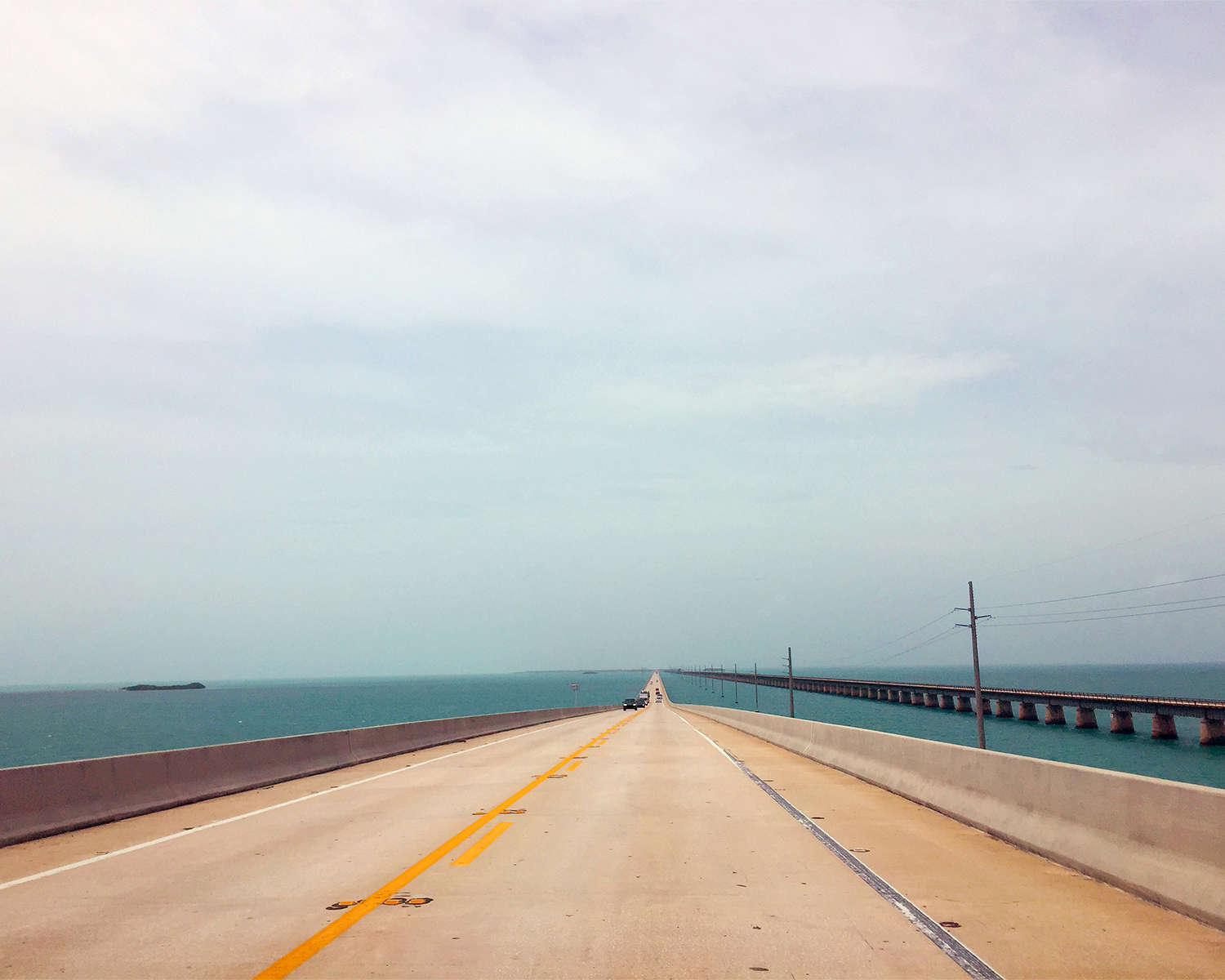
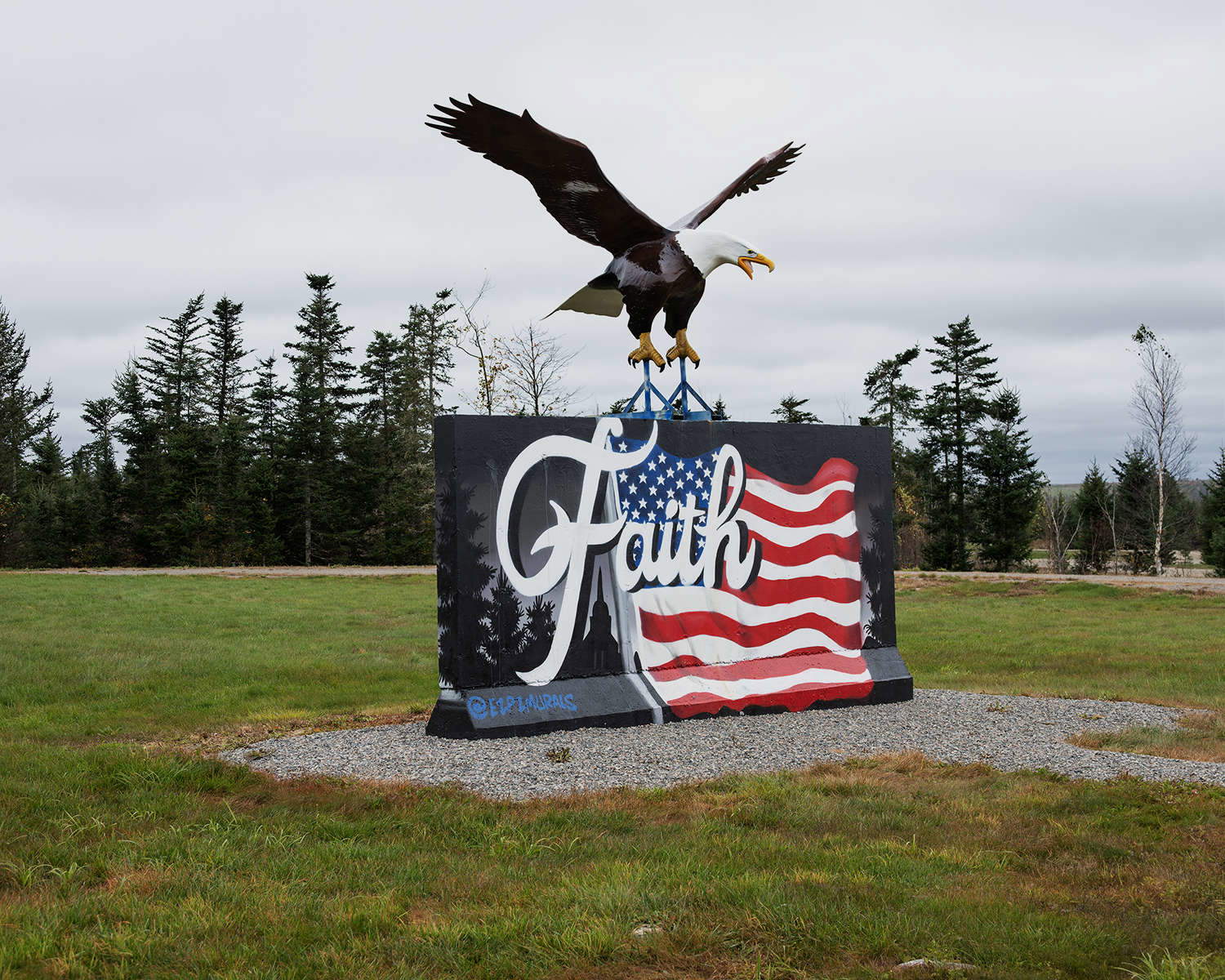
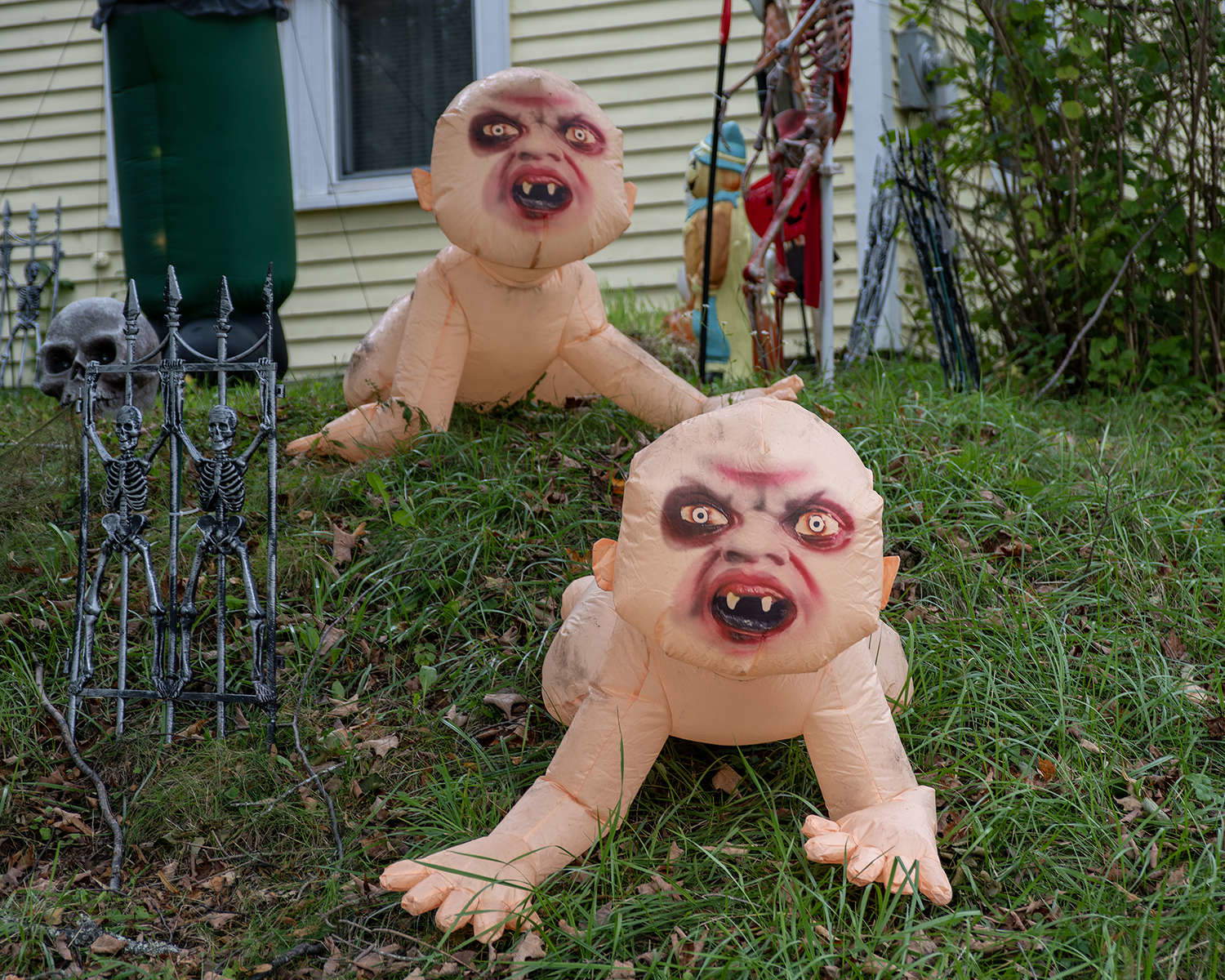
Right at the release of this book, Anna Fox and Karen Knorr decided to venture out on a journey along U.S. Route 1 following in the footsteps of Berenice Abbott to document contemporary life in their era. They set out in 2016, on the heels of the first Trump presidency, finished shortly after his re-election, and traveled the road between Key West and Maine in several stages. They photographed small towns, people, pharmacies, bars, diners, hotels, motels, farms, factories, street signs and advertisements, trying to capture what is happening today and how that differs from what Abbott had found.
Abbott had photographed illuminated signs on the street and rows of cabs with their meters, all signs of the growing capitalism in America. “He was photographing the development of consumerism,” Fox says, “and criticizing it.” That may be why her photos were never published, even though according to others she was guilty of being a woman, and a lesbian to boot.
In today’s Fox and Knorr photos it is faith that is advertised like fast food chains: one billboard atop a house warns that an abortion would break God’s heart, and another that America can never be independent of him.
One photograph depicts wax statues of two black slaves in chains in Baltimore’s National Great Blacks in Wax Museum, in another residence security makes its rounds heavily armed and wearing bulletproof vests, and everywhere the American flag flies high, a symbol of a nationalism that can be interpreted as threatening. Knorr recounts, “There is a fear of diversity in small towns, and you rarely see a black face.” And while there are no longer “Colored Take Out” signs as in Bernice Abbott’s photos, these images and observations highlight how more subtle but insidious forms of exclusion and fear of diversity persist in rural American communities.
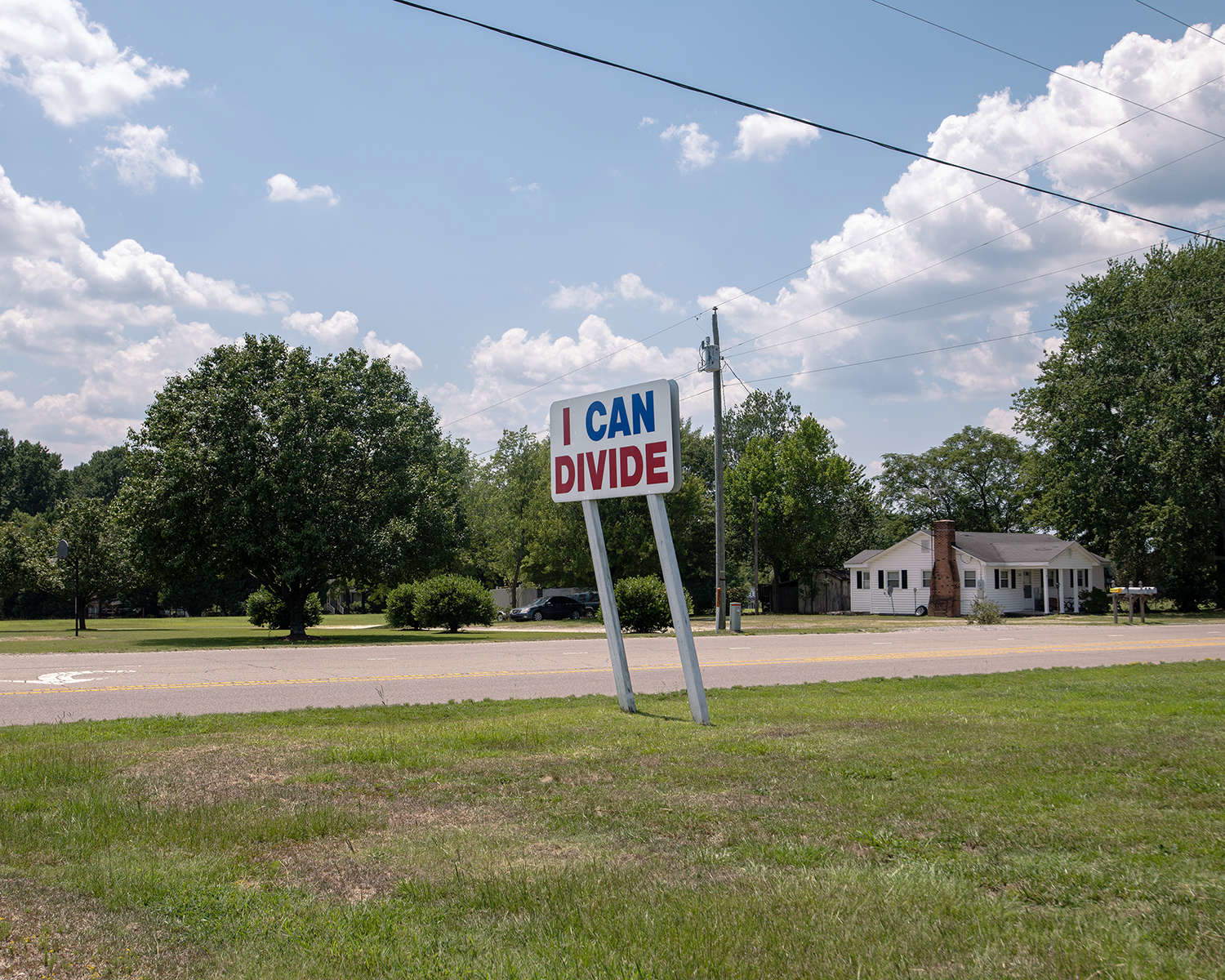
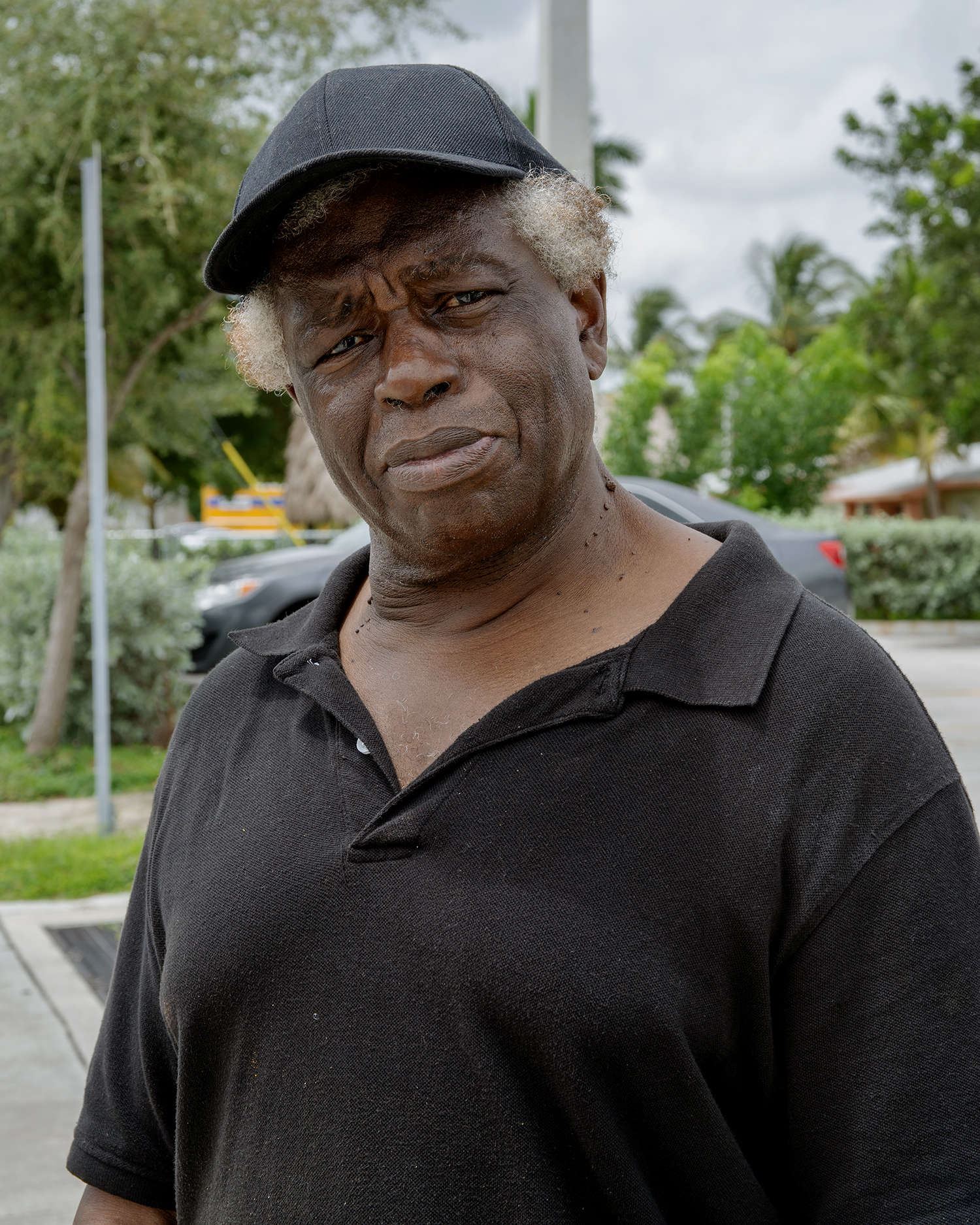
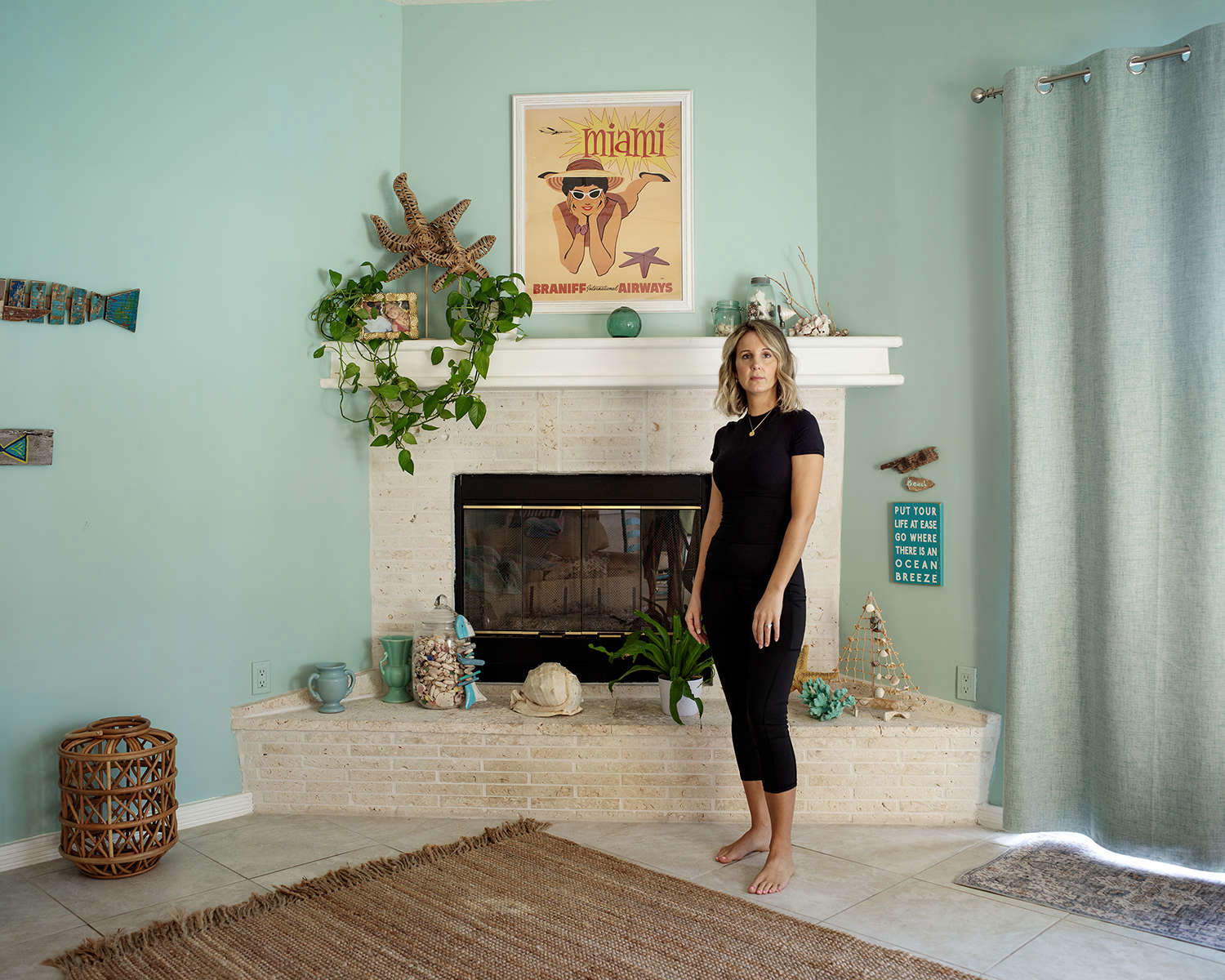
The 1950s tin houses of Abbott’s photos have given way to new prefabs. But even the most luxurious homes, photographed at a physical and emotional distance, look like they were made from the world’s most famous toy bricks. Bigger, richer, newer but always blatantly fake and structurally precarious. In these images everything seems momentary, everything unstable.
And if in one sequence of photos a man dressed as a killer clown strolls through a shopping mall in Salem, Massachusetts, this is not the most disturbing idea that comes from the photos, but the one underlying the whole narrative that returns us to a country without a true identity, without a history, contradictory and confused but ready to fight for the first one who cries out most forcefully the way forward, whatever that may be. For all those who cannot rush to Arles by Oct. 5, I suggest perusing the catalog Route US 1: After Berenice Abbott by Anna Fox and Karen Knorr published by Trolley Books.
Warning: the translation into English of the original Italian article was created using automatic tools. We undertake to review all articles, but we do not guarantee the total absence of inaccuracies in the translation due to the program. You can find the original by clicking on the ITA button. If you find any mistake,please contact us.